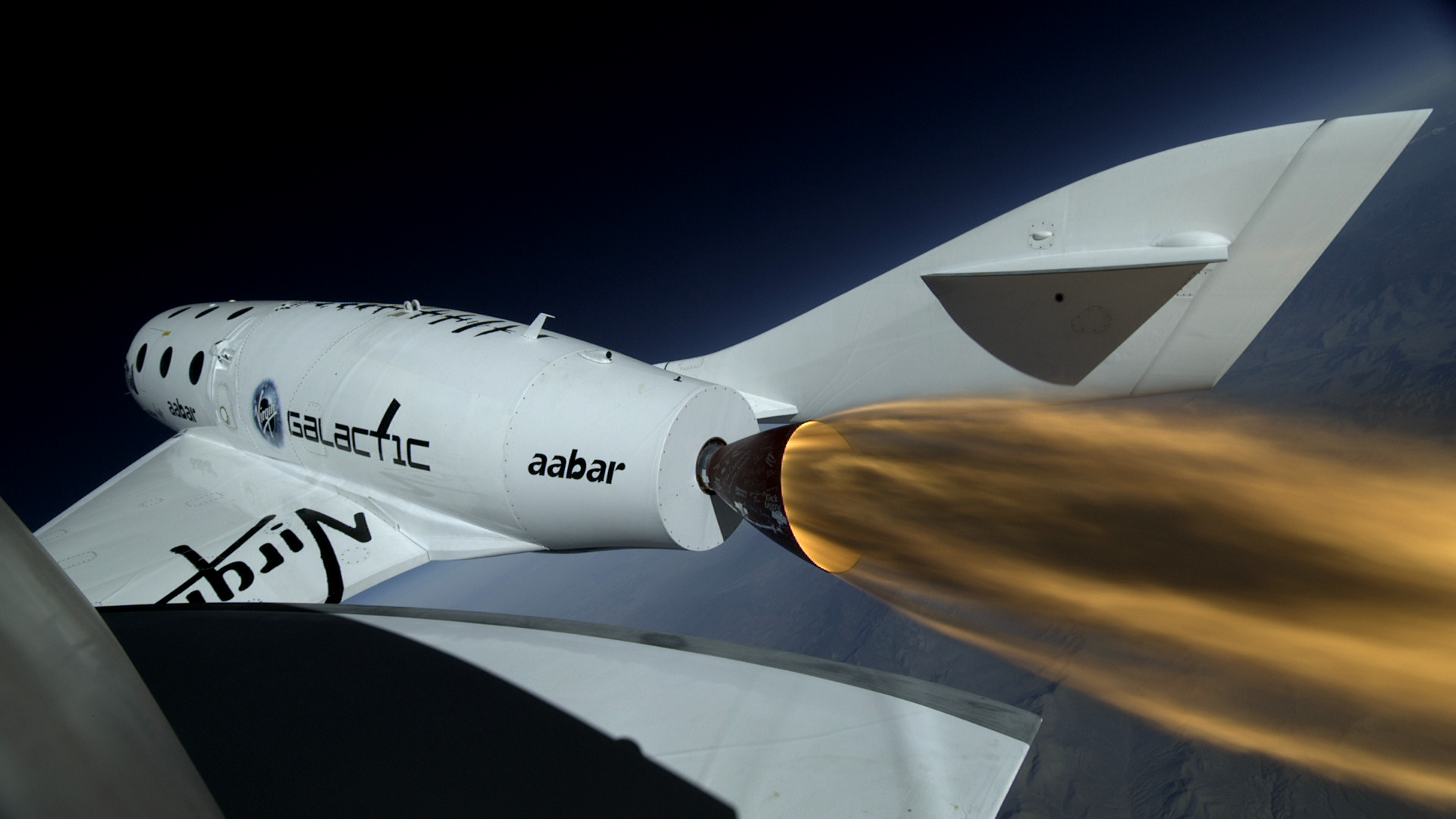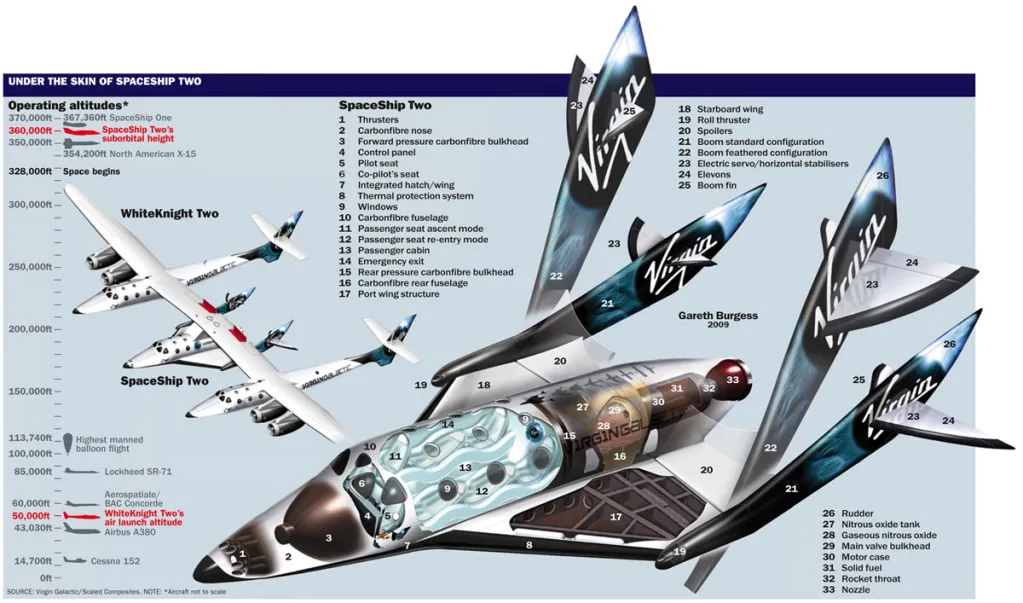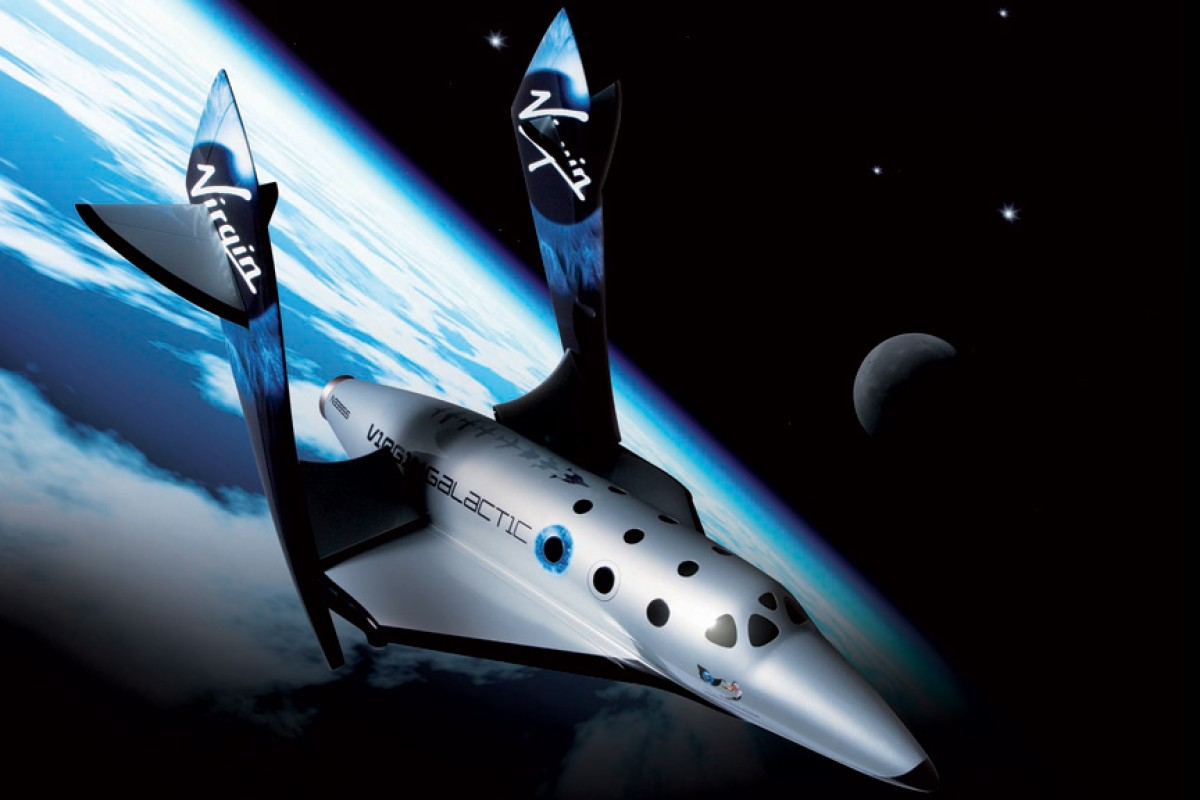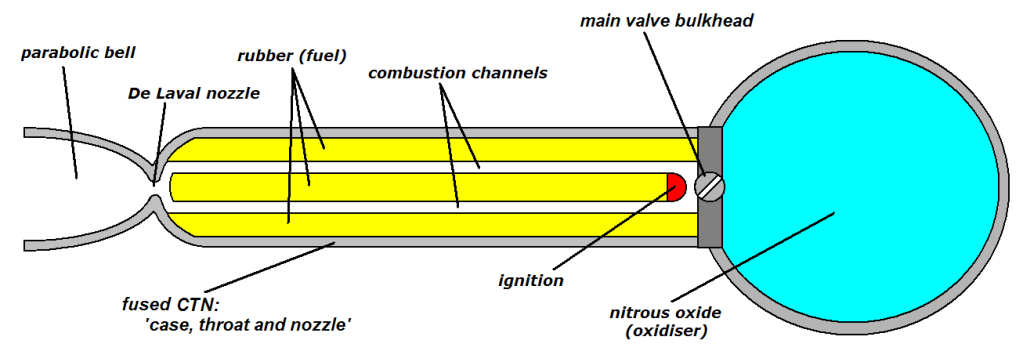Featured Image: Virgin Galactic
Liftoff Time/Launch Window | January 26, 2024 – 15:00:00 UTC | 08:00:00 MST |
|---|---|
Mission Name | Galactic 06 |
Launch Provider | Virgin Galactic |
Customer | Private Persons and Virgin Galactic |
Rocket | SpaceShipTwo |
Launch Location | VMS Eve, Spaceport America, New Mexico, USA |
Payload mass | N/A |
Where is the spacecraft going? | Suborbital trajectory |
Will they be attempting to recover the first stage? | Yes |
Where will the first stage land? | SpaceShipTwo will land on a runway at Spaceport America, New Mexico, USA |
Will they be attempting to recover the fairings? | There are no fairings on SpaceShipTwo |
Are these fairings new? | There are no fairings on SpaceShipTwo |
How’s the weather looking? | TBD |
This will be the: | – 8th fully crewed flight of SpaceShipTwo – 31st flight of VSS Unity – 20th mission for SpaceShipTwo – 1st mission for SpaceShipTwo in 2024 – 11th crewed flight of VSS Unity (SpaceShipTwo) – 1st mission for Virgin Galactic in 2024 |
Where to watch | There will be no live video of launch; follow along on X |
What’s All This Mean?
For the first time this year, Virgin Galactic will once again launch a set of private customers on a short suborbital hop to space. After six flights in the final six months of 2023, Virgin Galactic is continuing on its success by lauching four more customers on the Galactic 06 mission, which marks the 20th overall mission for SpaceShipTwo, the rocket-powered spaceplane that carries the passengers.
Who Is On Board?
Virgin Galactic does not release the names or identities surrounding each private customer besides their nationality. These four passengers span three countries and Virgin Galactic’s naming convention of Astronaut 023 to Astronaut 026. Each customer has likely had their quarter million dollar ticket purchased for many years.
- Astronaut 023: Ukraine and Las Vegas, United States
- Astronaut 024: Texas, United States
- Astronaut 025: Austria
- Astronaut 026: California, United States
The Virgin Galactic crew consists of a Commander and pilot for both VSS Unity (aka SpaceShipTwo) and VMS Eve. Onboard VSS Unity is Commander CJ Sturckow and pilot Nicola Pecile and onboard VMS EVE is Commander Michael Masucci and pilot Dan Alix.
What Is SpaceShipTwo?
SpaceShipTwo is a rocket powered spaceplane that launches from under the wing of a carrier aircraft. It uses a hybrid rocket engine to boost itself up to beyond the edge of space to give paying passengers a few minutes of weightlessness.
VSS Unity is the second SpaceShipTwo vehicle. The previous vehicle, VSS Enterprise, crashed in 2014 in an accident which killed co-pilot Michael Alsbury. The pilot, Peter Siebold, also suffered severe injuries in the accident. That flight was conducted from Mojave Air and Space Port, California, before Virgin Galactic moved its operations to New Mexico. An investigation found that the crash occurred when the tail section accidentally moved into the feathered position during powered ascent.

SpaceShipTwo and its mothercraft, White Knight Two, were designed and built by The Spaceship Company, formed by Burt Rutan and Sir Richard Branson in 2005. Burt Rutan’s pre-existing company, Scaled Composites, previously built and flew SpaceShipOne.

SpaceShipTwo is designed to fly with two flight crew and four passengers. It uses its onboard rocket motor for powered ascent following separation from White Knight Two. On reaching apogee, it deploys a special feathered tail section in order to gain the proper nose-down attitude prior to reentry.

SpaceShipTwo’s Rocket Motor
SpaceShipTwo originally used a hybrid motor developed by Sierra Nevada Corporation. This engine used hydroxyl-terminated polybutadiene (HTPB) as fuel and nitrous oxide (N20) as oxidizer. A hybrid engine is one in which the fuel and oxidizer exist in different phases of matter. In this case, the fuel is solid, and the oxidizer is stored as liquid and consumed as a gas.

Around the time of the crash of VSS Enterprise, Virgin Galactic experimented with changing the engine design to run on a polyamide plastic fuel instead of HTPB. Since then, however, Virgin has switched back to using HTPB, but now produces the RocketMotorTwo engines in house instead of buying them from SNC.
What Is White Knight Two?
White Knight Two is the carrier aircraft that takes SpaceShipTwo up from local ground level to an altitude above mean sea level of 15,000 m (50,000 ft). The carrier aircraft then releases SpaceShipTwo which begins its own powered flight seconds later.
White Knight Two then returns to land under normal jet engine power, as during its ascent. The aircraft has four Pratt & Whitney PW308 engines and two fuselages. Each engine provides 30.7 kN (6,900 lbf) of thrust. One fuselage holds the active cockpit for control of the aircraft, while the other fuselage is a direct copy of SpaceShipTwo. This is so that White Knight Two can be used for training crew and passengers on what to expect for their flights on board SpaceShipTwo.

The first White Knight Two vehicle, VMS Eve, flew for the first time in 2008. It carries a flight crew of two, plus additional personnel to take part in the deployment of the spacecraft, and those undergoing training for SpaceShipTwo.
White Knight Two has a service ceiling of 21,000 m (70,000 ft), based on a relatively large wingspan of 43 m (141 ft).





Great work guys ty 👏 🚀 👩🚀